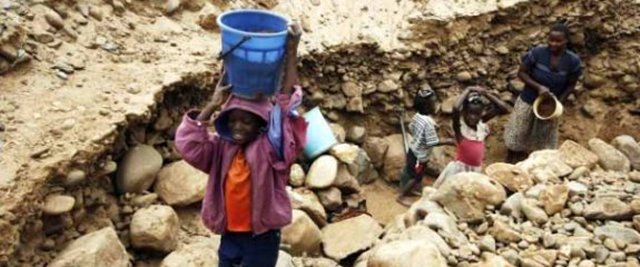|
On marriage, a woman will move into their husband's home and from thereonin descent and leadership will be passed down his side of the family although, within the Shangani people, the husband will move into the wife's home on marriage. Collective family upbringing of children in Zimbabwe runs deeps with a Shona proverb relating, "you do not educate your child for yourself alone; education is for society, by society". In other words, children's development is seen as a community responsibility.
On average there are 3.53 births per woman (2019) in Zimbabwe and there is incomprehension at people who don't wish to have children, not least because the question of exactly who else will then do chores around the home! In rural areas, families in Zimbabwe live in villages and on farms in homes traditionally made from brick or mud using a pole construction to support thatch or more commonly nowadays, tin roofs. Most villages communities have around one hundred inhabitants.
For most life in Zimbabwe, especially in rural areas, involves working in the agriculture sector which provides work and income for 60-70% of the overall population and contributes an estimated 17% of Zimbabwe's GDP. As across much of Africa, this work and food supply is becoming more unstable with low and erratic rainfall and periodic droughts made worse by a deteriorating soil fertility, low investment, and poor infrastructure. Most involved in agriculture grow staple foods such as maize, millets, and groundnuts however these subsistence farms have less than 5% of national irrigation facilities.The video (left) gives some insights into daily village life in Zimbabwe.
|










